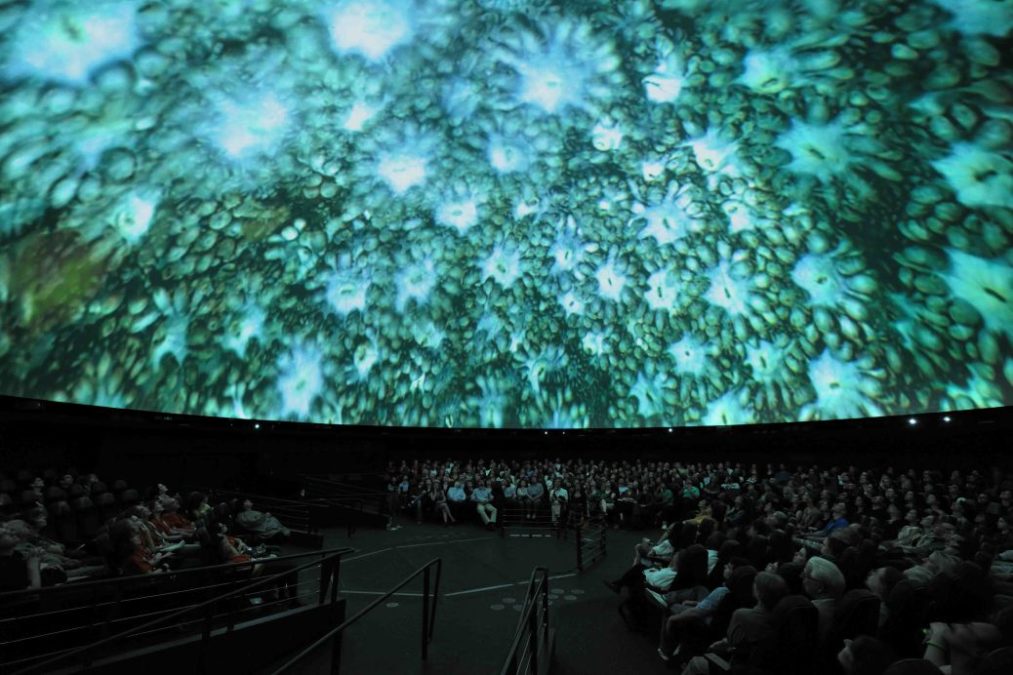ABSTRACT: “In contemporary art theory, much has been written about collaborative and socially engaged artistic practices, and their relationship to spectacle. The use of spectacle in contemporary art is frequently viewed pejoratively, connoting a waning of critical potential and the pacification of the audience. Australian artist Lynette Wallworth, however, shows that these two tendencies in contemporary art do not necessarily need to be so polarised. For the last two decades, Wallworth has synthesised a research-based, socially engaged practice with a commitment to creating spectacular multimedia experiences that engage the viewer critically and affectively. Through consideration of Wallworth’s practice from early interactive pieces to more recent ambitious, immersive projects, this article explores how she sympathetically engages both her collaborators and her spectators, while still maintaining her own clear authorial voice. Her proficient use of new media technologies generates the possibility of ‘critical wonder’ in her audience, by activating curiosity, self-awareness and criticality via aesthetic, emotive and sensorial modes. Wallworth’s practice thinks beyond common understandings of spectacle—and its critique—within art history, to consider how spectacular effects or approaches can be used to speak critically about topics other than spectacle itself.”
- Kate Warren, ‘Critical Wonder: Lynette Wallworth’s art in the age of spectacle and socially engaged practice’, in emaj, Issue 10, (March 2018), https://emajartjournal.files.wordpress.com/2018/03/kate-warren_critical-wonder-emaj10.pdf
